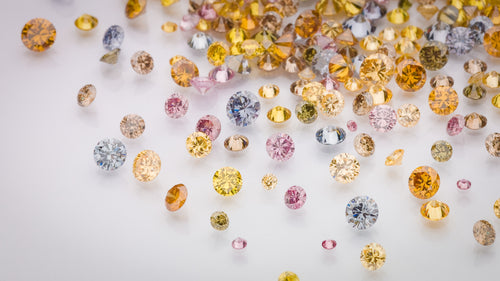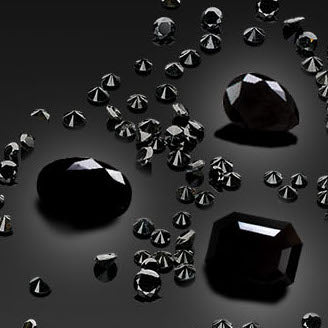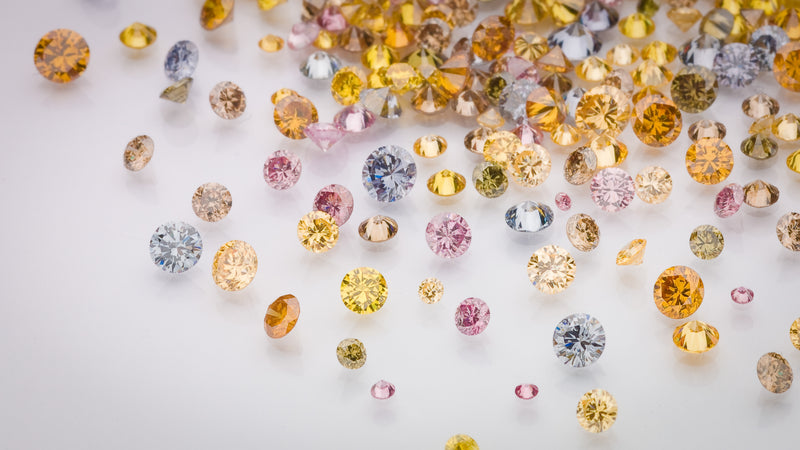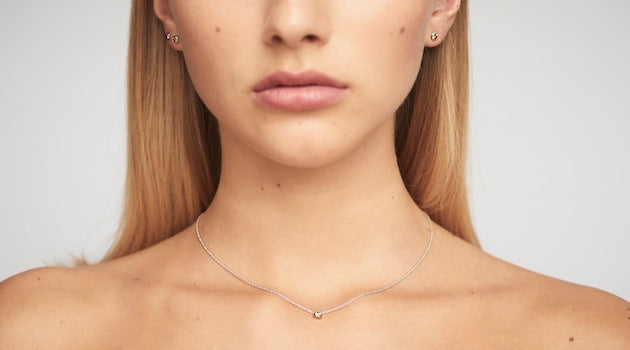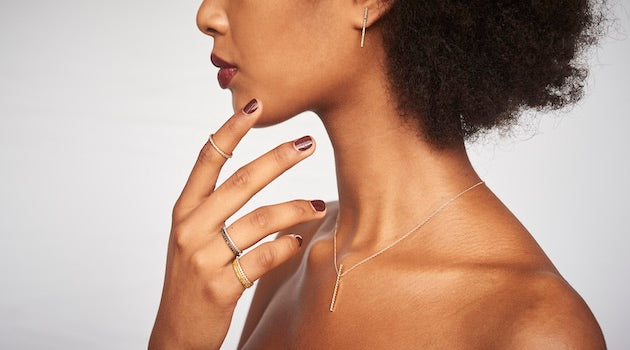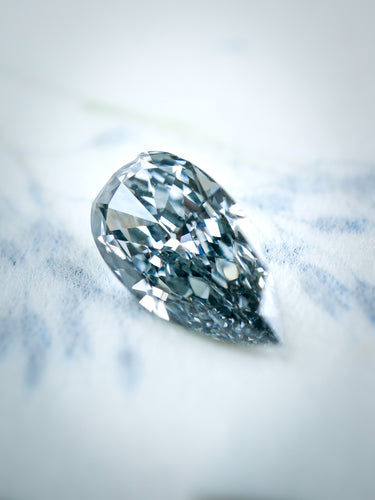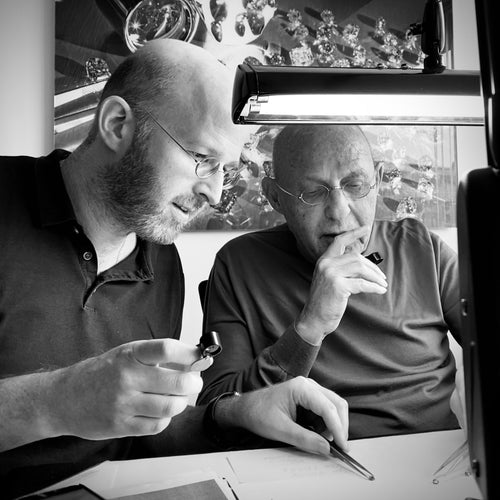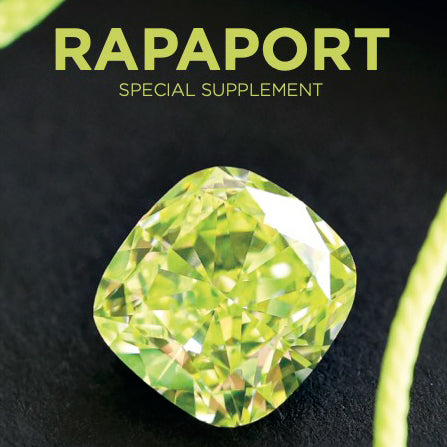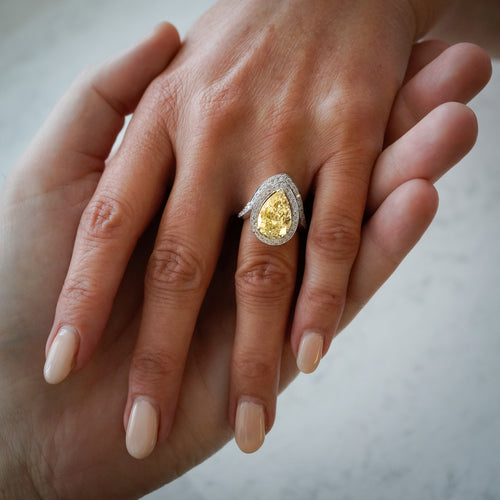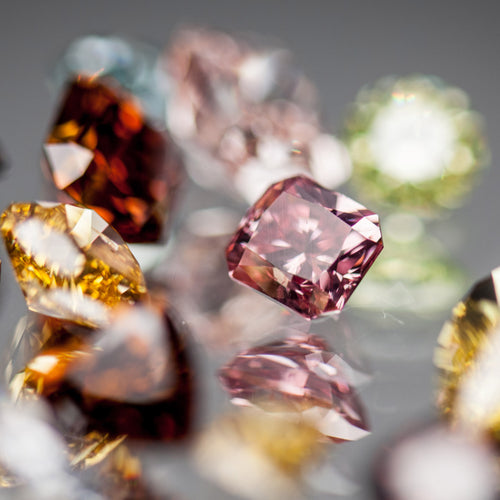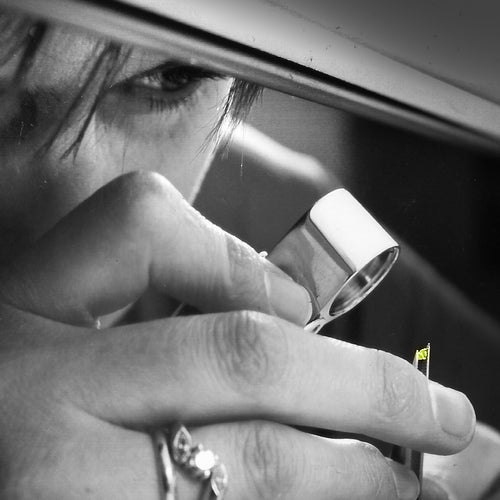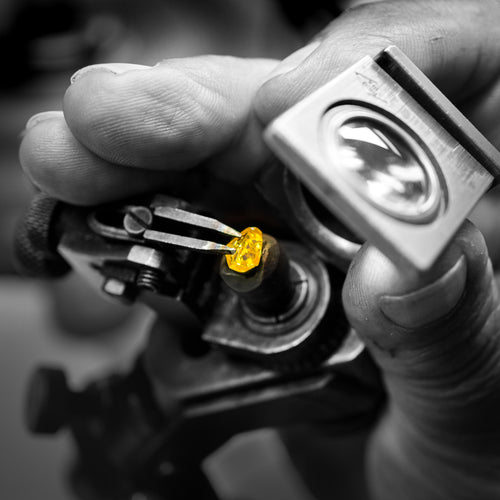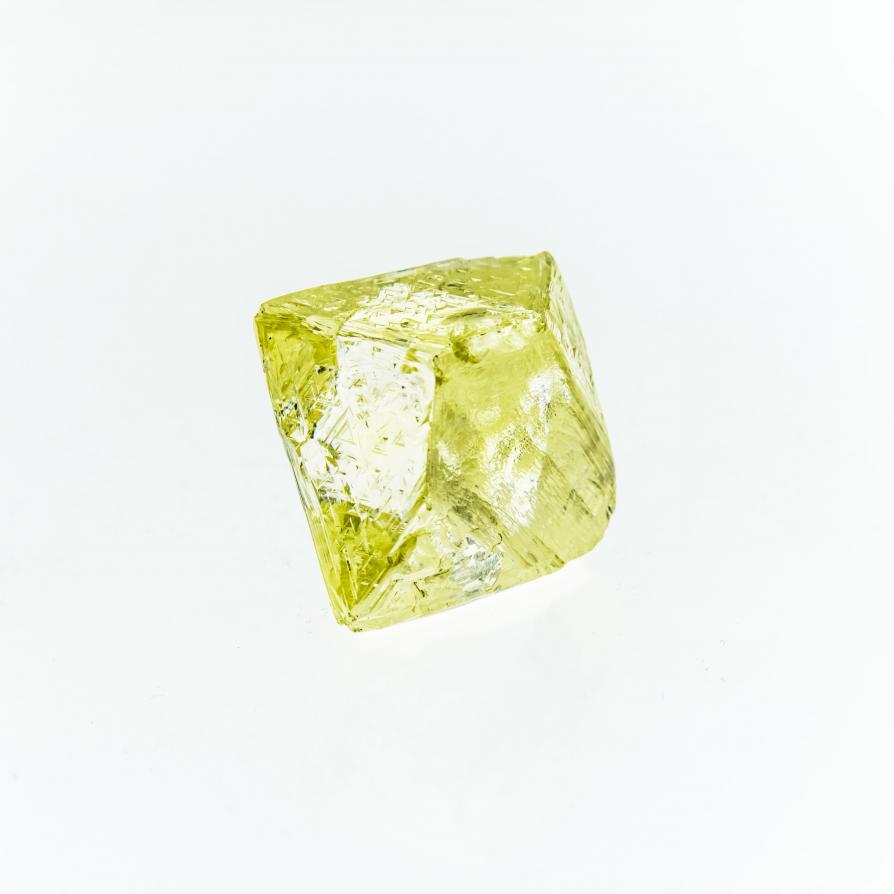

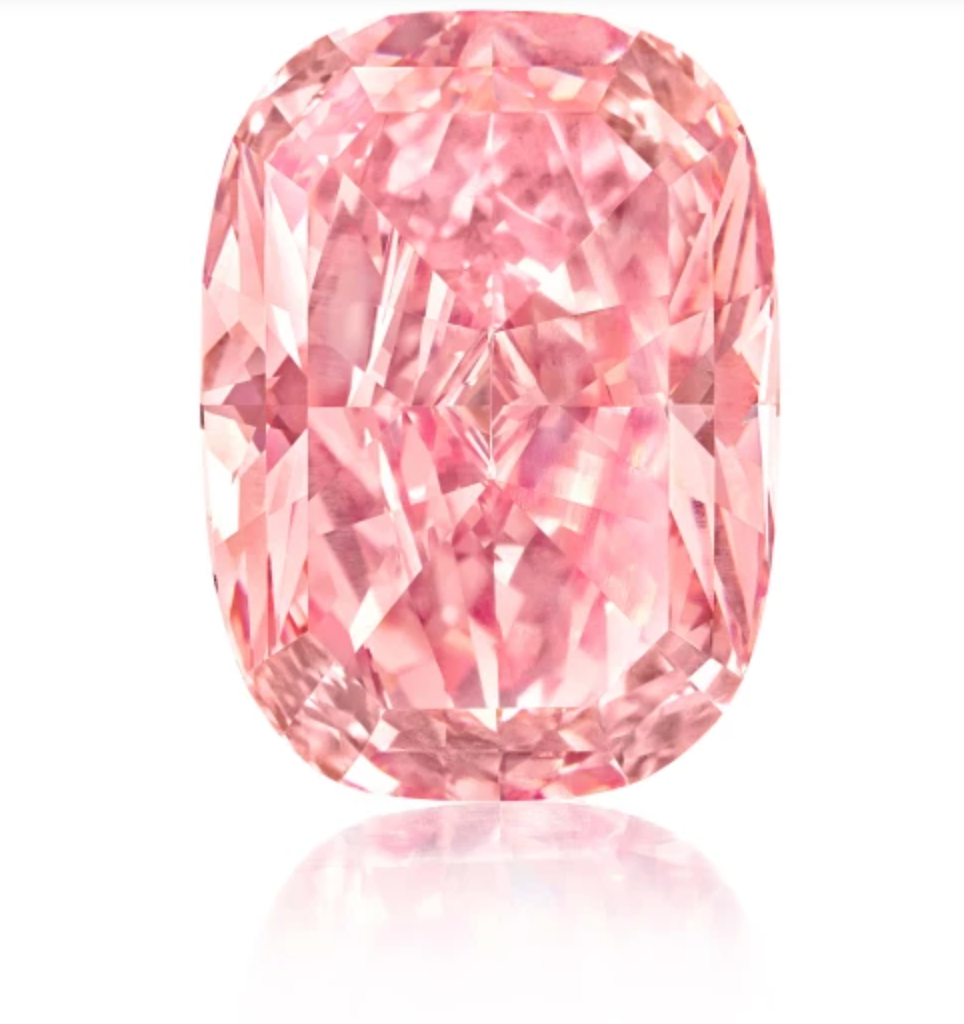
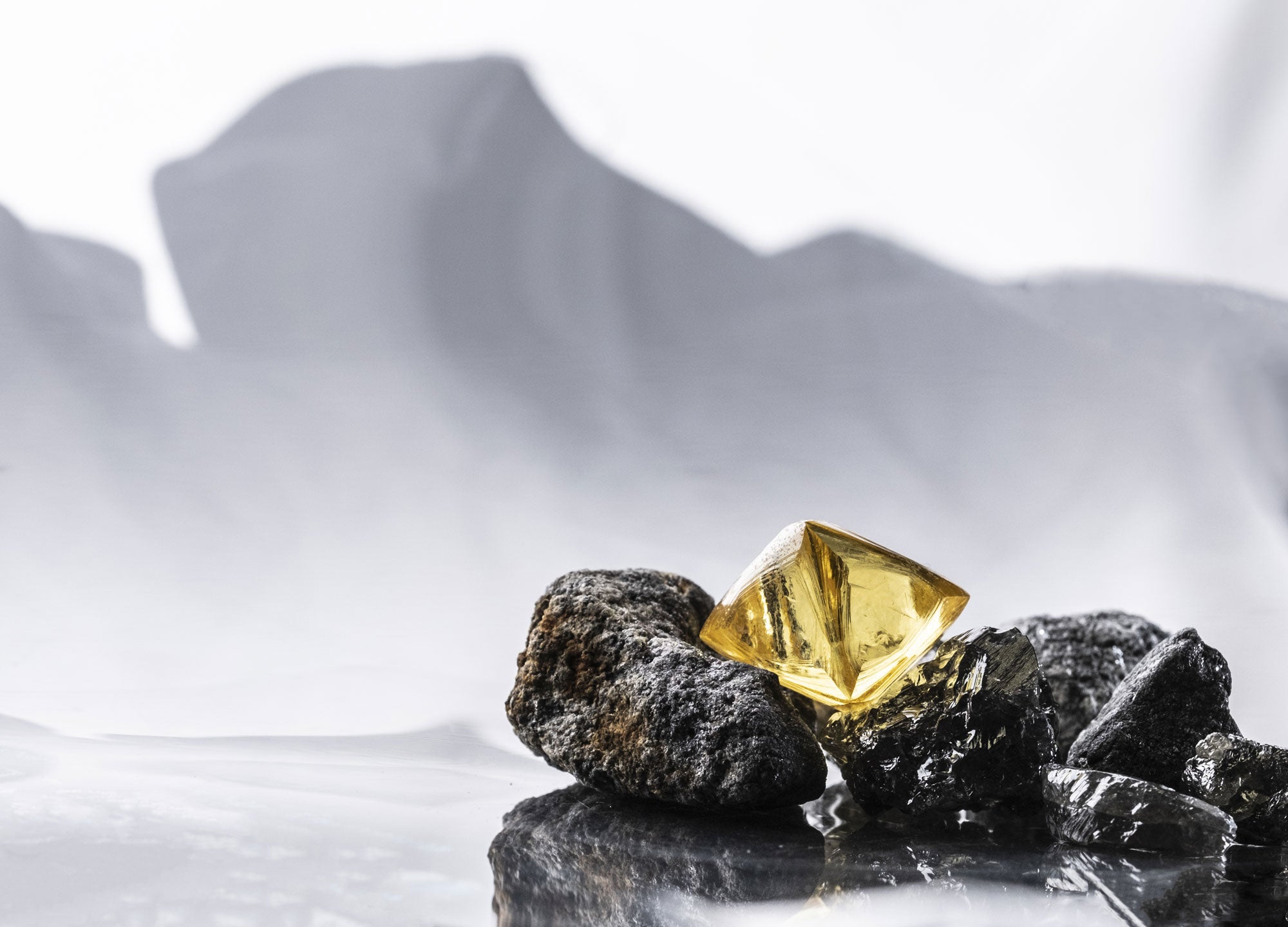
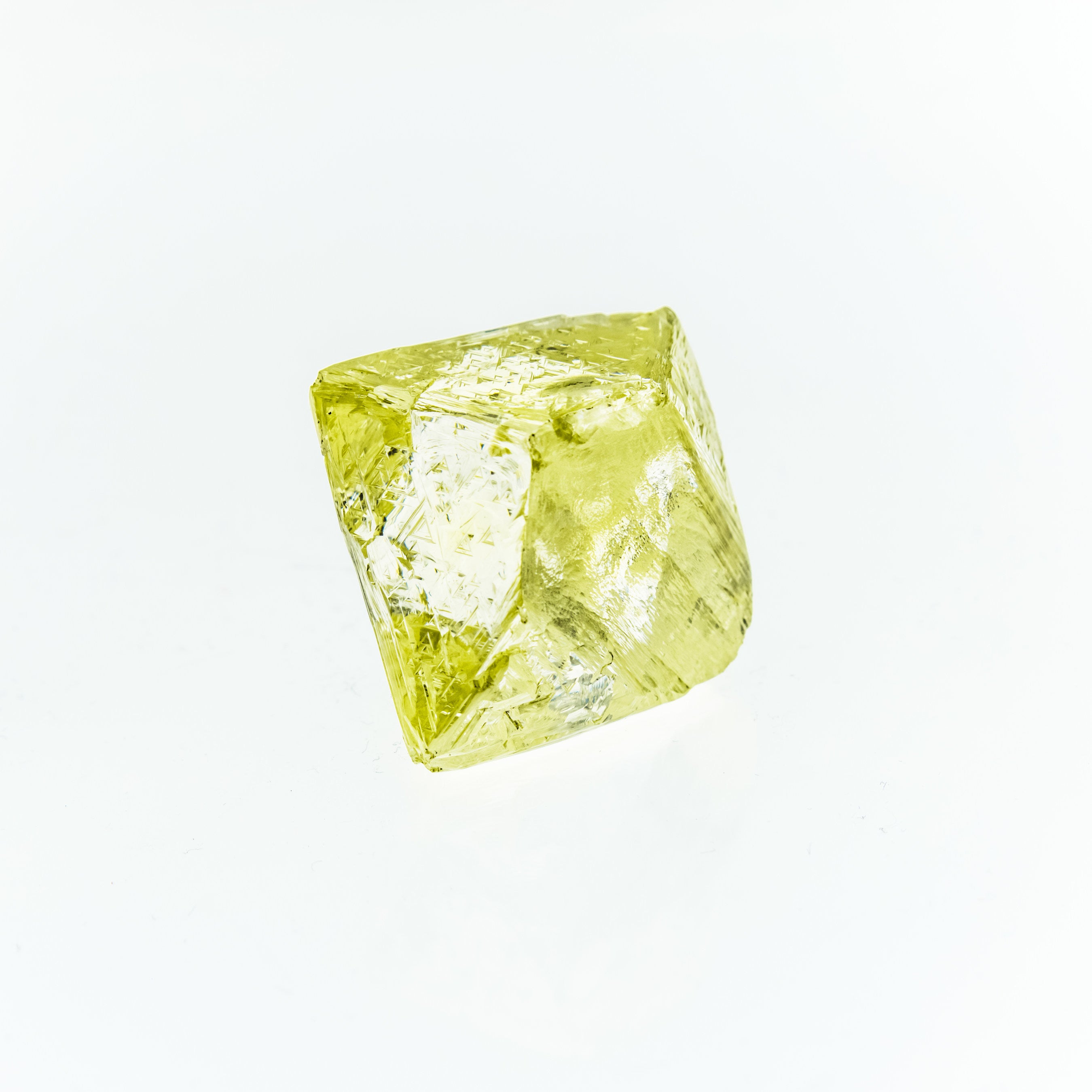
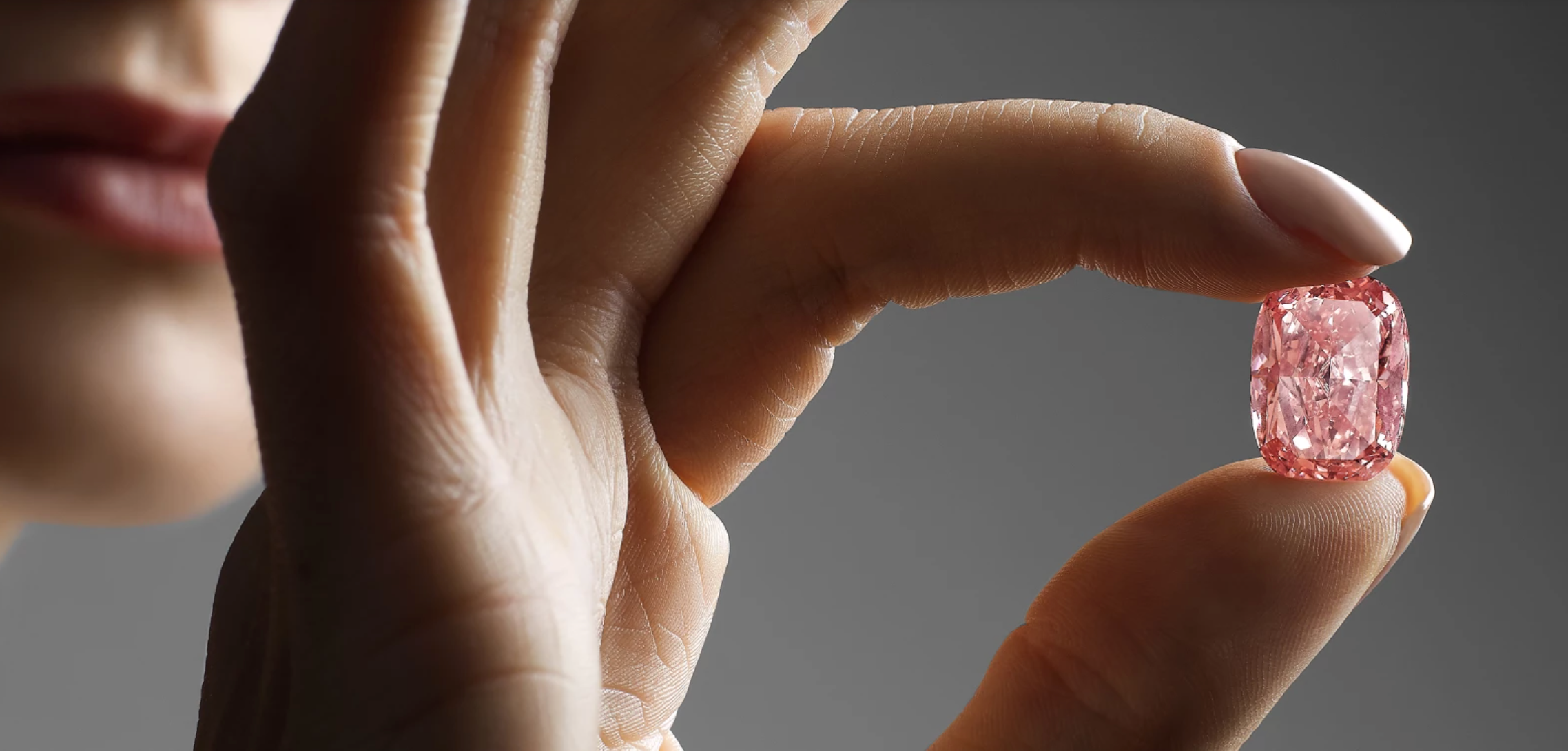
Jeweler David Morris on Precious Times and Hidden Gems
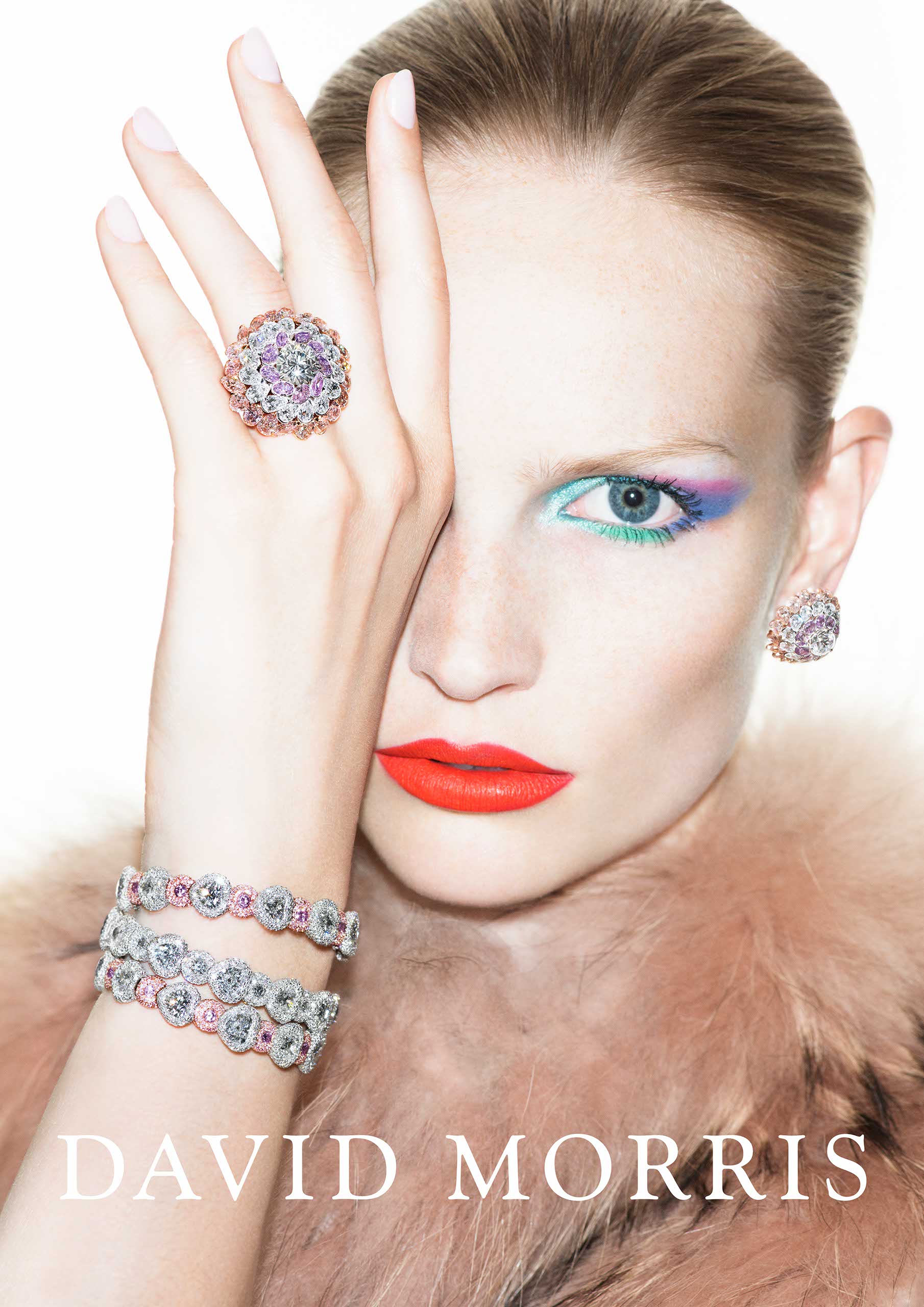
DAVID MORRIS HAS adorned some the world’s most glamorous people ever since Richard Burton and Elizabeth Taylor became clients in the 1960s. But like the diamonds that encompass his rings and necklaces, all that sparkle didn’t come without some elbow grease.
Growing up in north London in the 1940s, Mr. Morris says he wasn’t academically inclined, so he took an apprenticeship in Hatton Garden, London’s jewelry quarter, in 1951, when he was just 15, to learn the craft. “It was villagey,” Mr. Morris says of the area in Central London. “You had all the characters there, and the dealers used to stand on the street corners.”
In 1962, the jeweler set up his own business, opening his first boutique on Conduit Street in Mayfair, seven years later. The flagship store has since moved to New Bond Street, and the firm last month opened a new outpost in London department store Harrods.
Known for showstopping creations, Mr. Morris quickly became the go-to designer for royalty and the red carpet. Though the jeweler retired in 2012, the firm’s creations—now overseen by his son Jeremy—continue to be a red-carpet staple, seen on the likes of Keira Knightley and Kim Cattrall.
Today, Mr. Morris lives between Monaco, Hyde Park and Palm Beach, with Suzette, his wife of 54 years. “I don’t have many regrets,” he says.
What I love most about jewelry is the ability to meet people you wouldn’t meet otherwise in a million years, such as [Imelda] Marcos, Benazir Bhutto and the Sultan of Brunei.
The single most amazing stone I worked with was a 78-carat, D flawless briolette diamond. I made it into a necklace. It cost a few million dollars.
Some gems suit certain people. As a redhead, you probably wouldn’t want to wear rubies. Sapphires suit a blonde.
I am not interested in semiprecious stones, but colored diamonds have probably been the best investment in the last 10 years—better than wine, the stock market or property. I had a fancy blue in 15 carats. When I got it, it was worth $150,000 a carat; now it would be around $2 million [a carat].
Read the rest of this article at WSJ.com.
